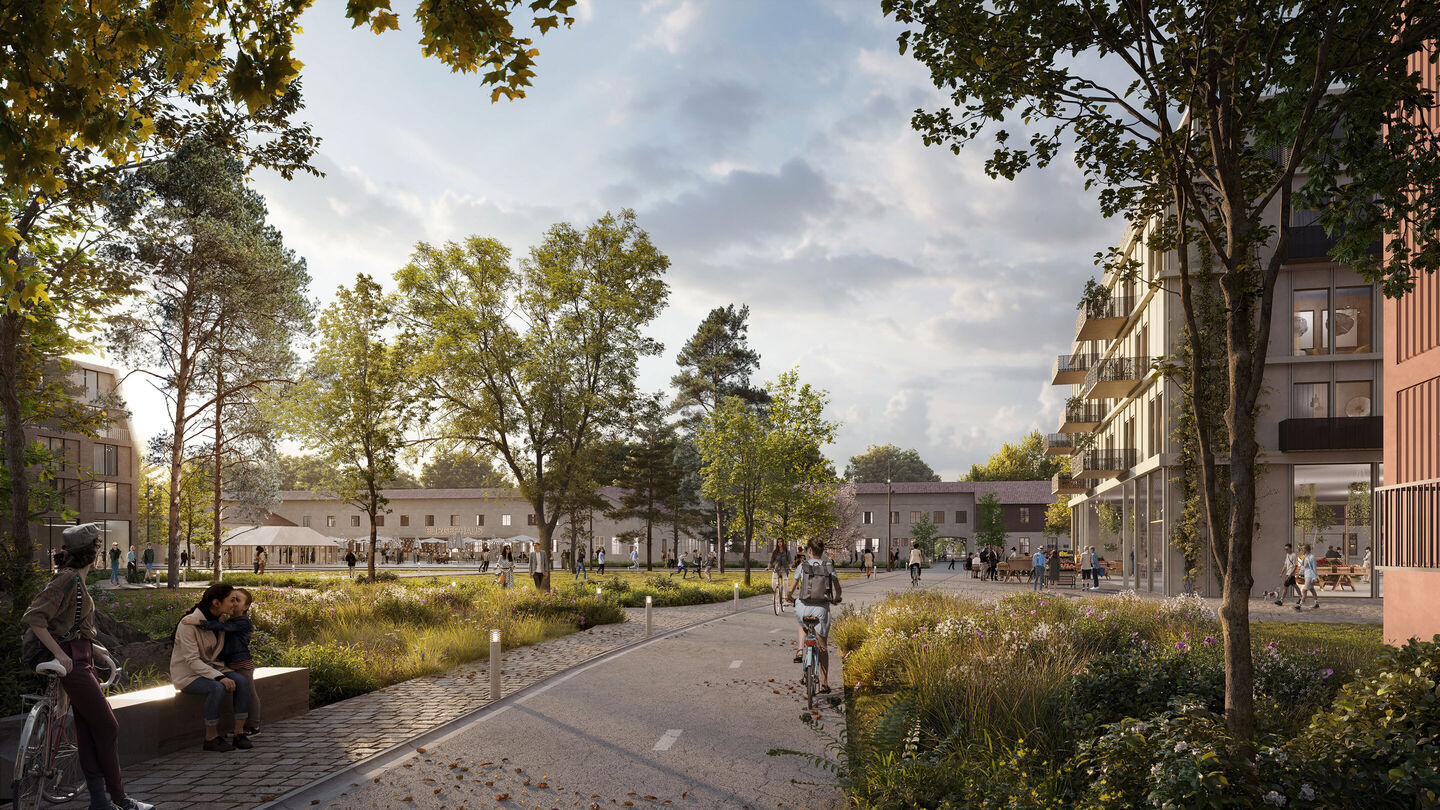
Airbase Fürstenfeldbruck
Fürstenfeldbruck Airbase has shaped the region north-west of Munich for almost 100 years. Its history as an airbase for the Wehrmacht, the US Army, the US Air Force and the Luftwaffe has left behind characteristic evidence of its former use. When the military leave the premises in a few years, history, architectural heritage, and surrounding landscape will be the main source of identity, turning the 192 ha site into an ambitious and experimental urban area.
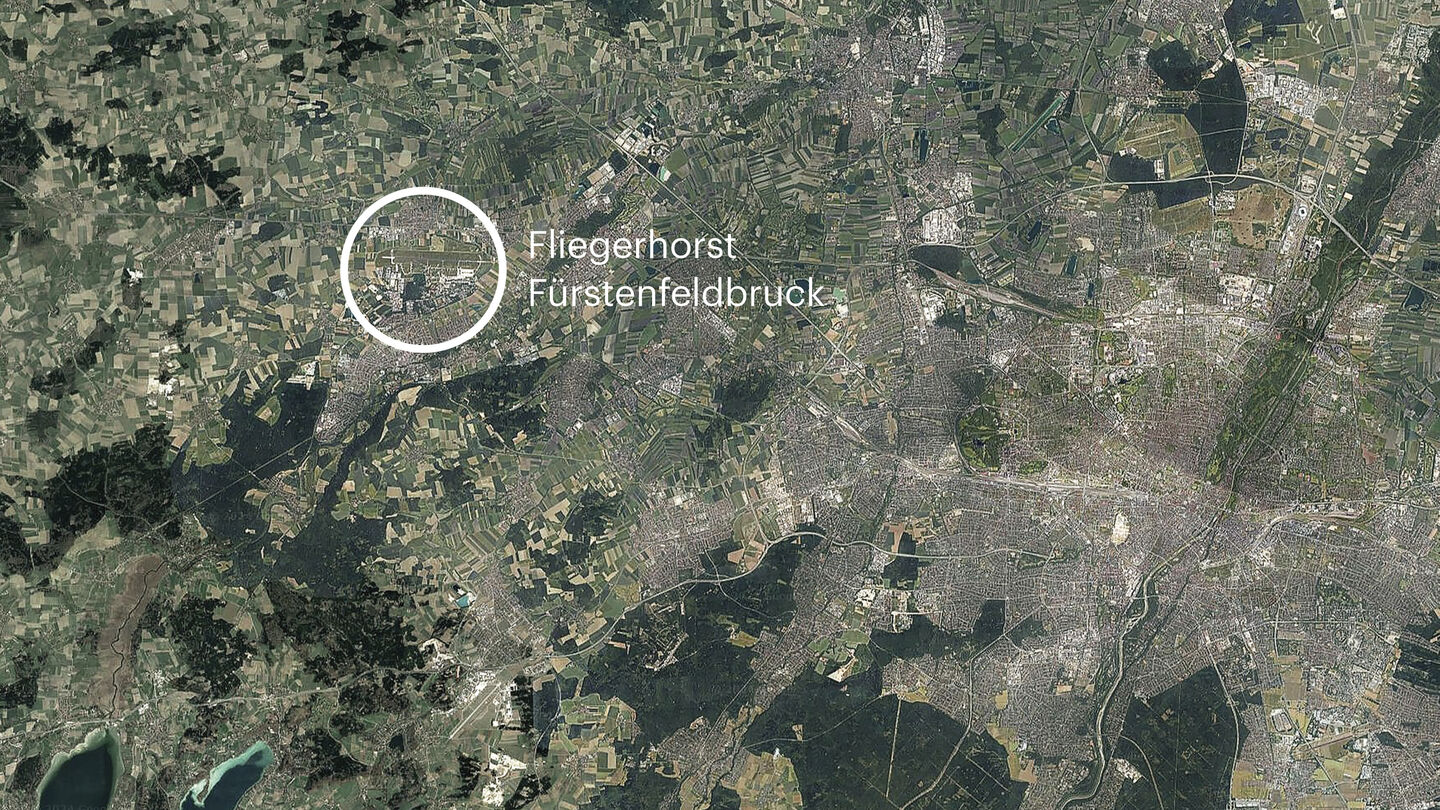
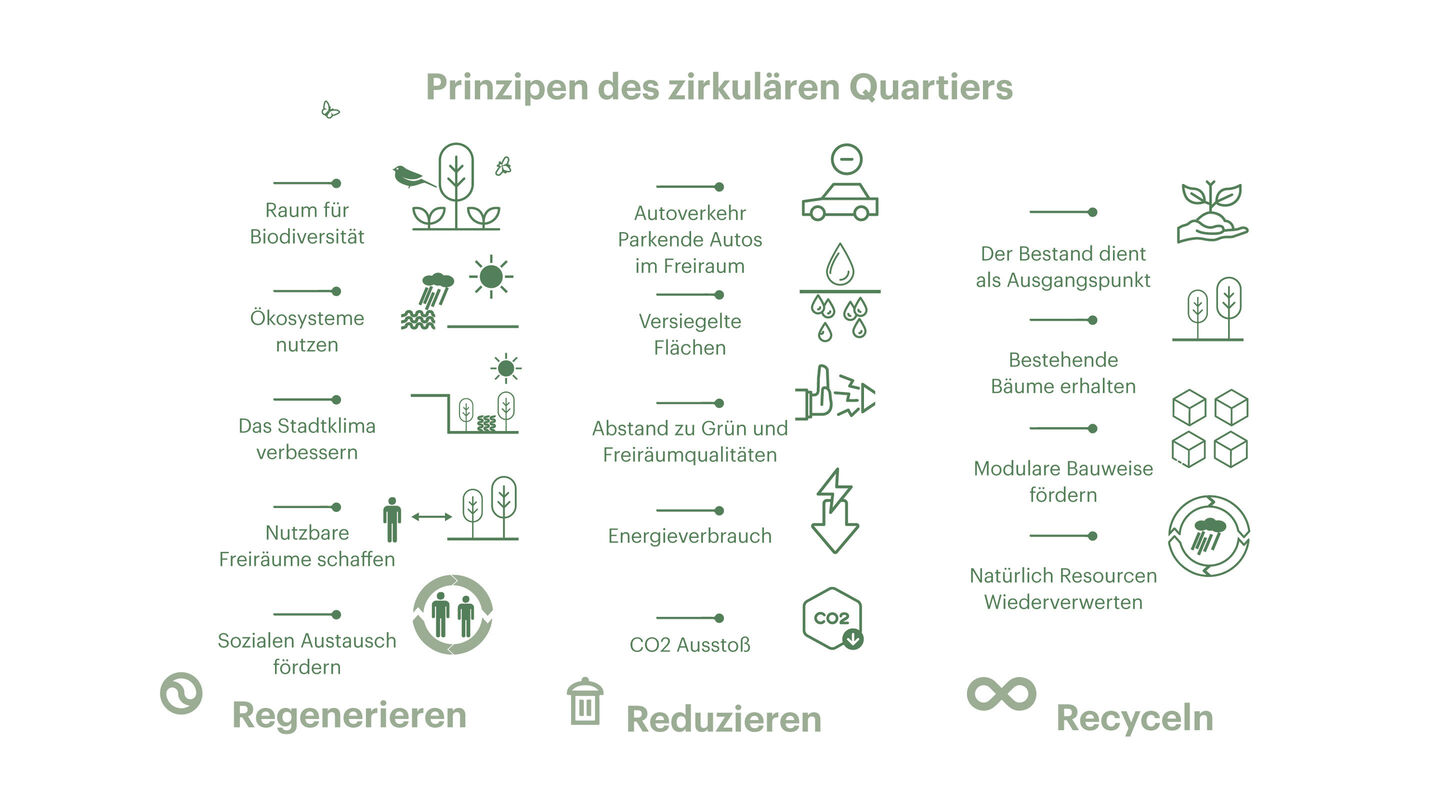
Reduce: The development is based on strategies for reducing CO2 emissions. Among the efforts are local energy supply and transformation of existing buildings to reduce the volume of new square meters.
Reuse: Where new square meters are added to the structure, the plan aim to re-use building materials, foundations and elements. Natural resources are recycled were possible.
Regenerate: The existing vegetation is preserved as the foundation for a green network anchoring the new development. The expanded green ratio builds additional diverse and resilient bio-habitats. Rainwater management is integrated in the landscape design as a visible element, just as plantation strategies focus on biodiversity and micro-climate.
Reconnect: The urban design promotes a diverse range of housing typologies to cater for all income groups and resident types. Urban spaces are designed to enhance social sustainability and equality.
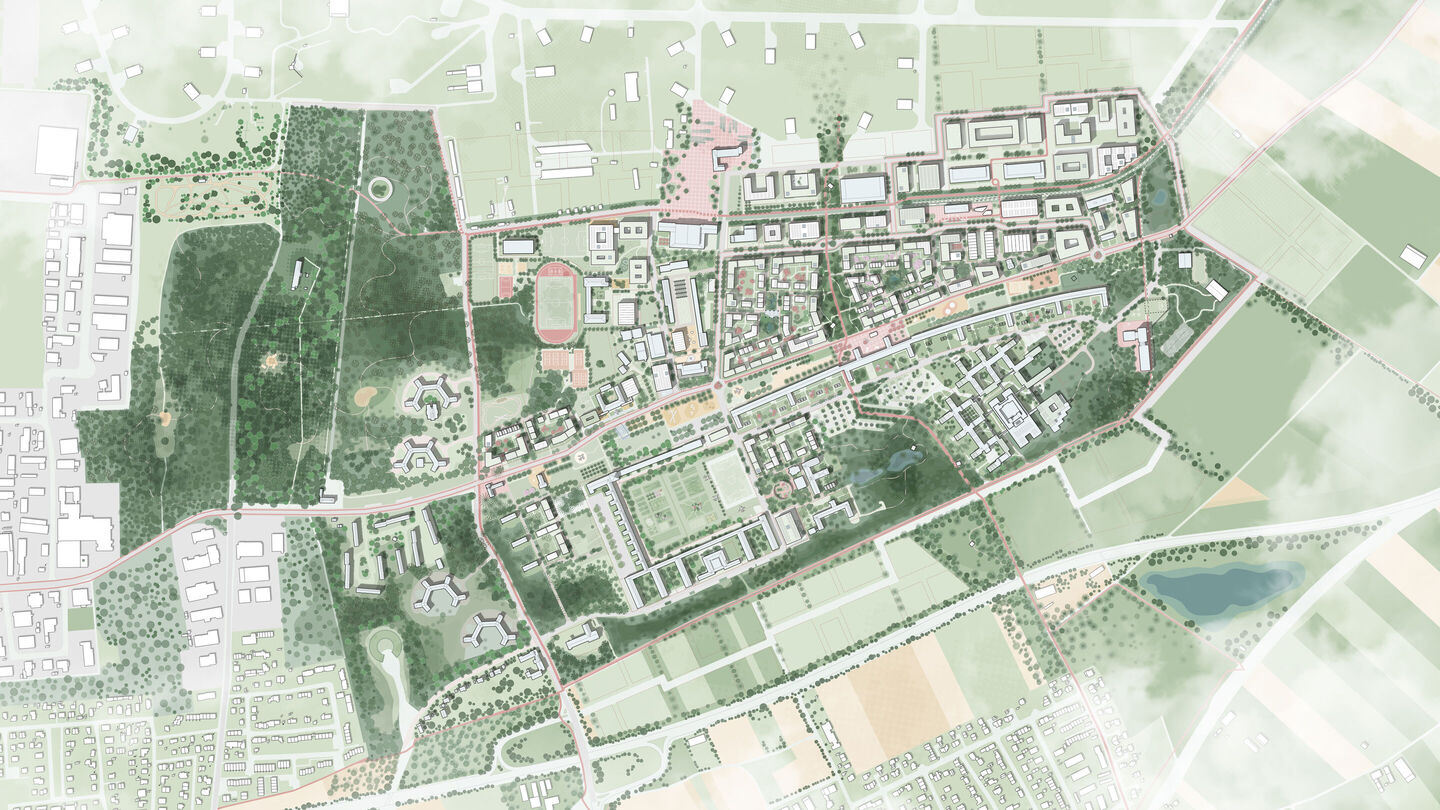

The transformation draws on local identity and existing buildings as a resource, working towards maintaining as much of the existing as possible. The mix of old and new creates a unique experience that is as diverse as the area itself. Historic and listed buildings are transformed into neighborhood anchor points - schools, community centers, sports facilities etc. All conceptual and urban 'layers' are developed in a parallel process at different scales in order to test, understand and visualize the crucial correlations from regional strategies to building scale.
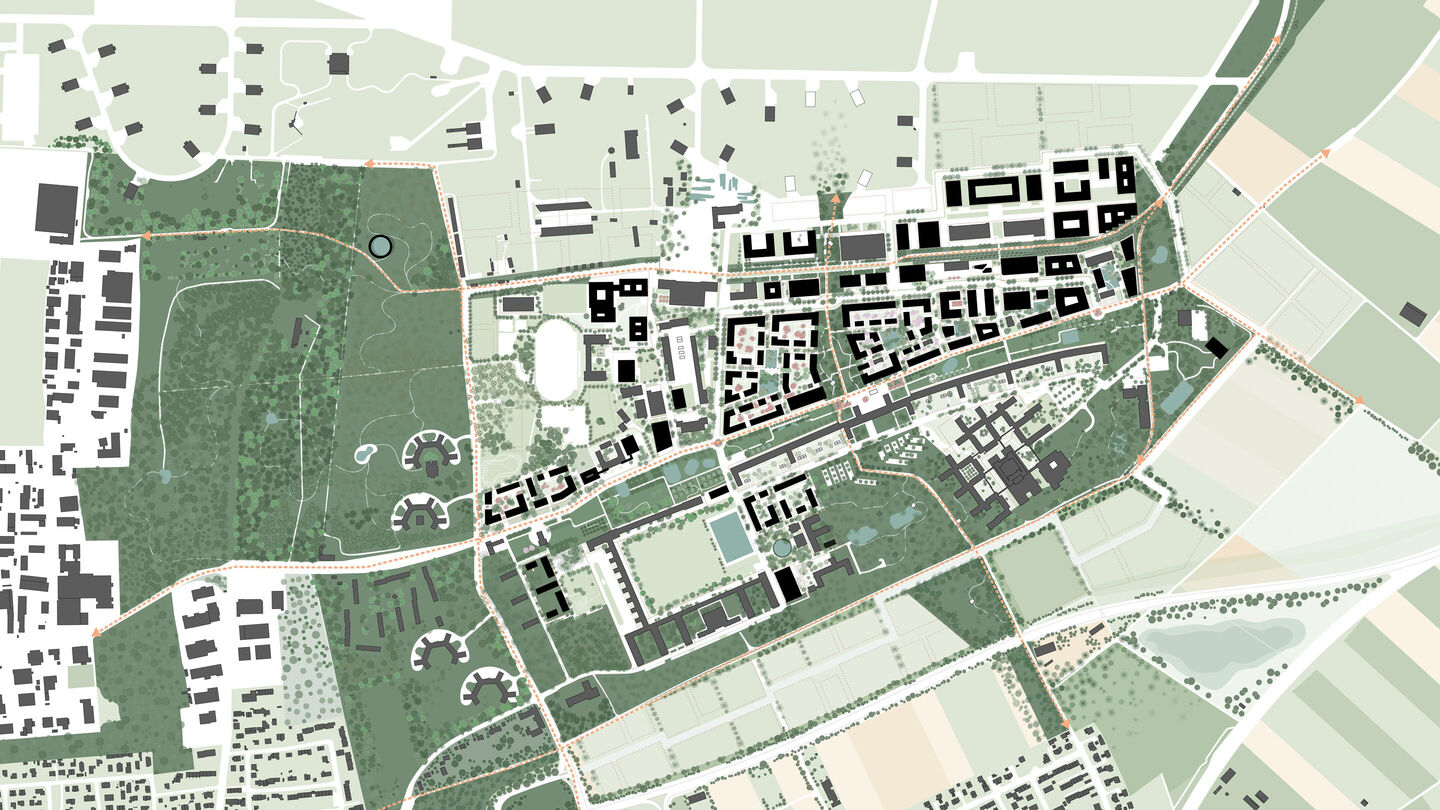
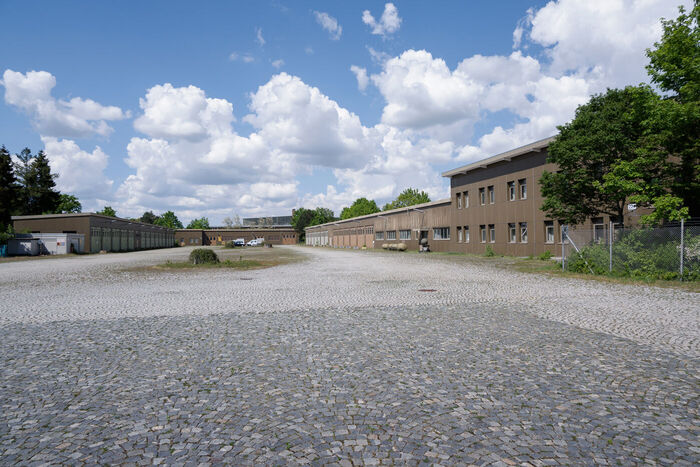
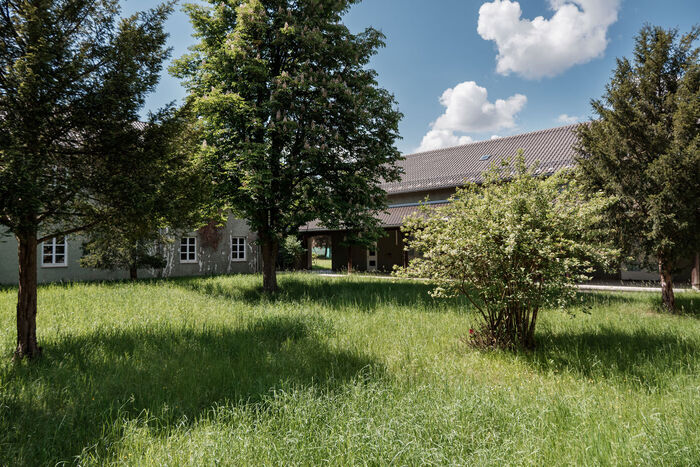
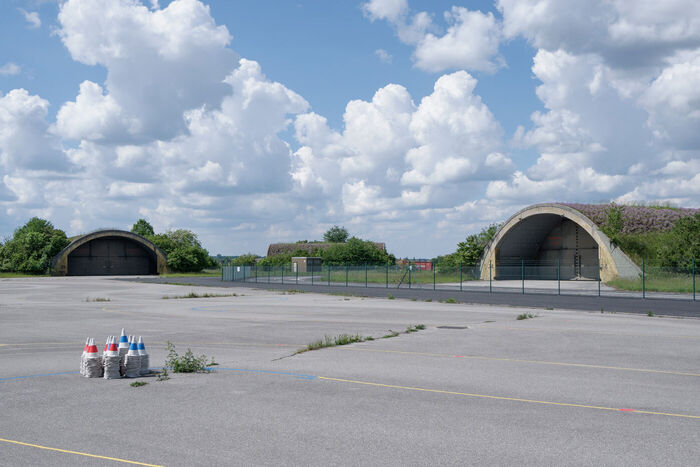
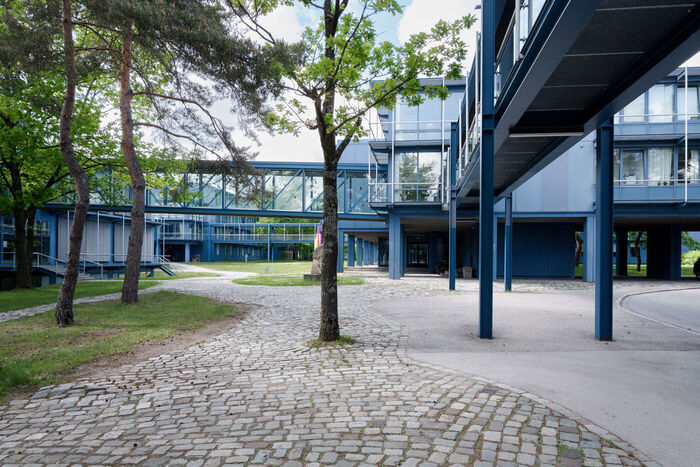
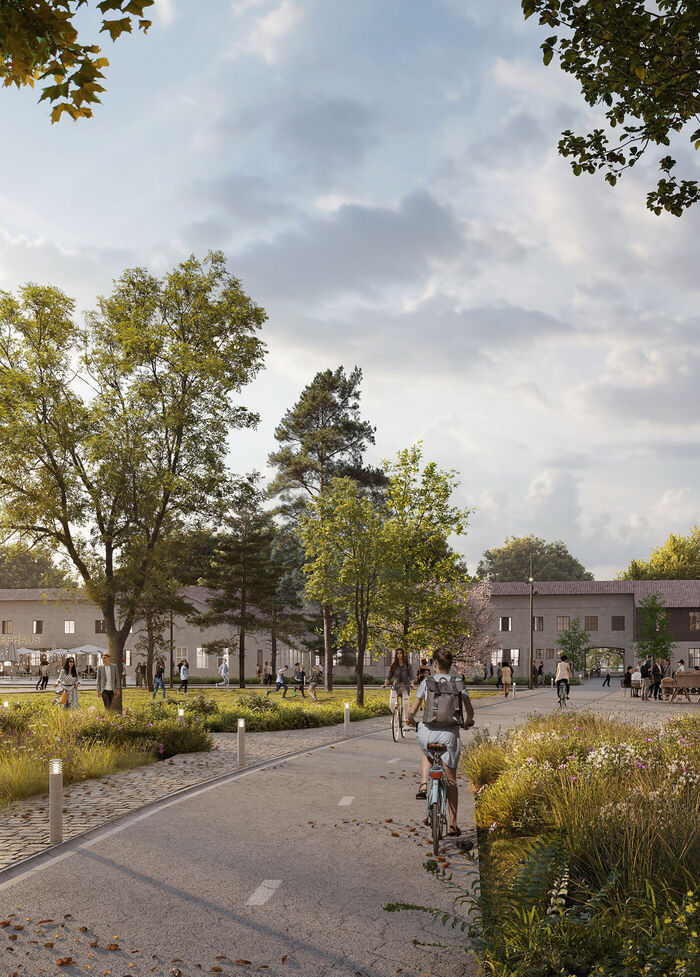
The conversion of the airbase area is a dynamic development process that will continue over the coming decades. The required balance between village and urban, nature and programmed public space is not entirely foreseeable today. This makes it all the more important that the masterplan strategies can react flexibly in terms of programming and with different density scenarios to changing demands and priorities in the future.

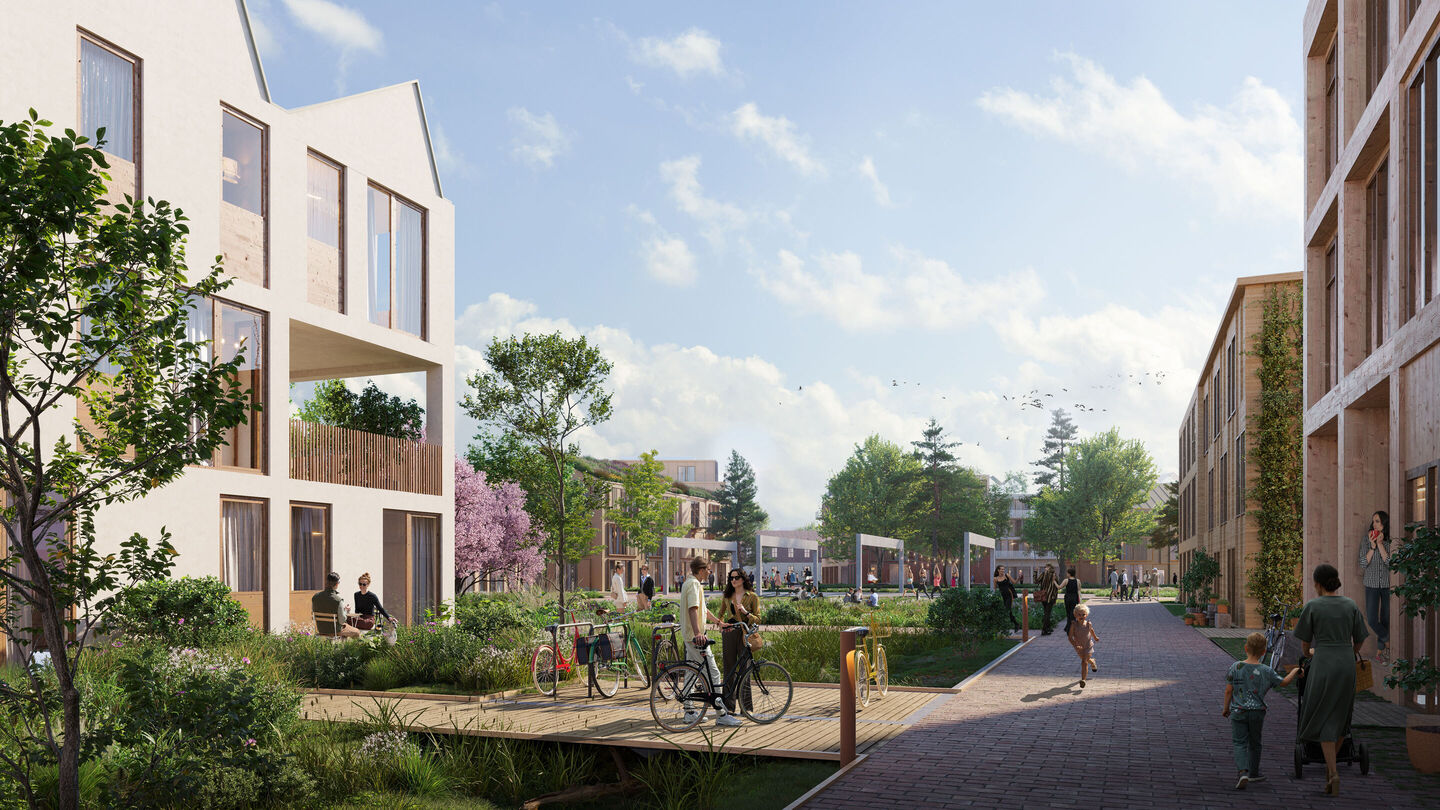
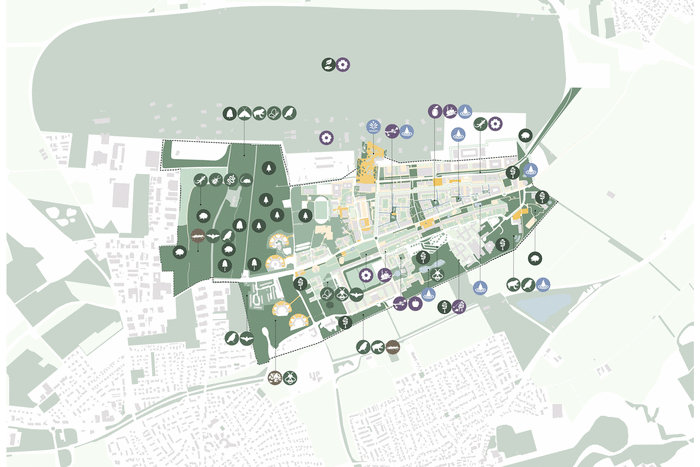
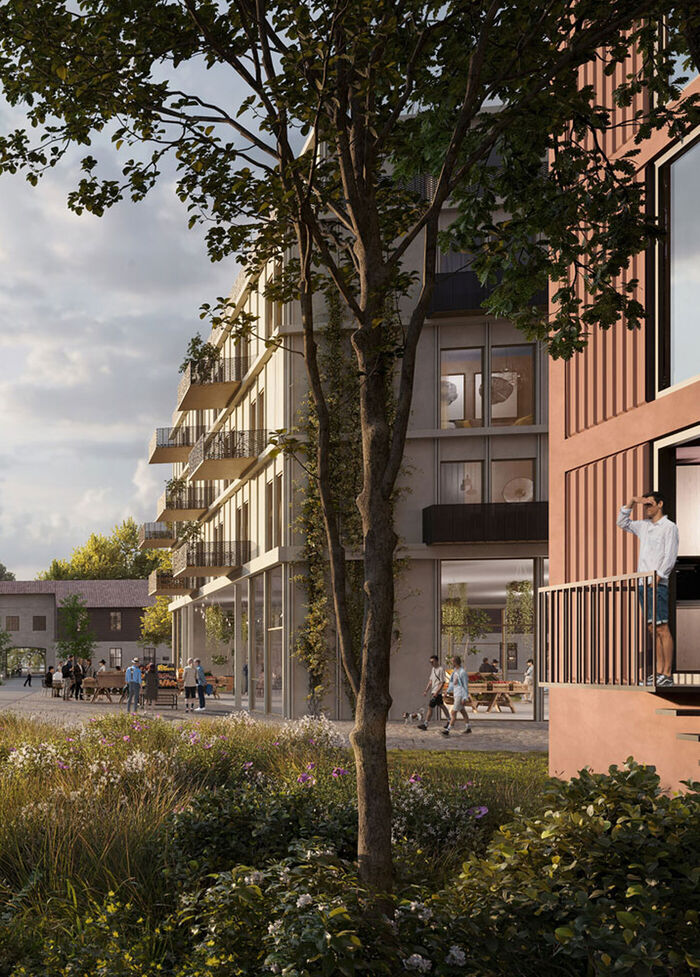
Structuring streets and paths are redeveloped, maintaining the existing grid as the DNA of the area. Streets are transformed from grey to green as the ratio of non-permeable surfaces is reduced. The aim is to keep the inner residential areas free of motorized traffic, prioritizing pedestrians and bicycles.
The main access road is redesigned as a green public space with urban activities. Strategies for rainwater management, microclimate, and biodiversity are integrated in the overall mobility network.
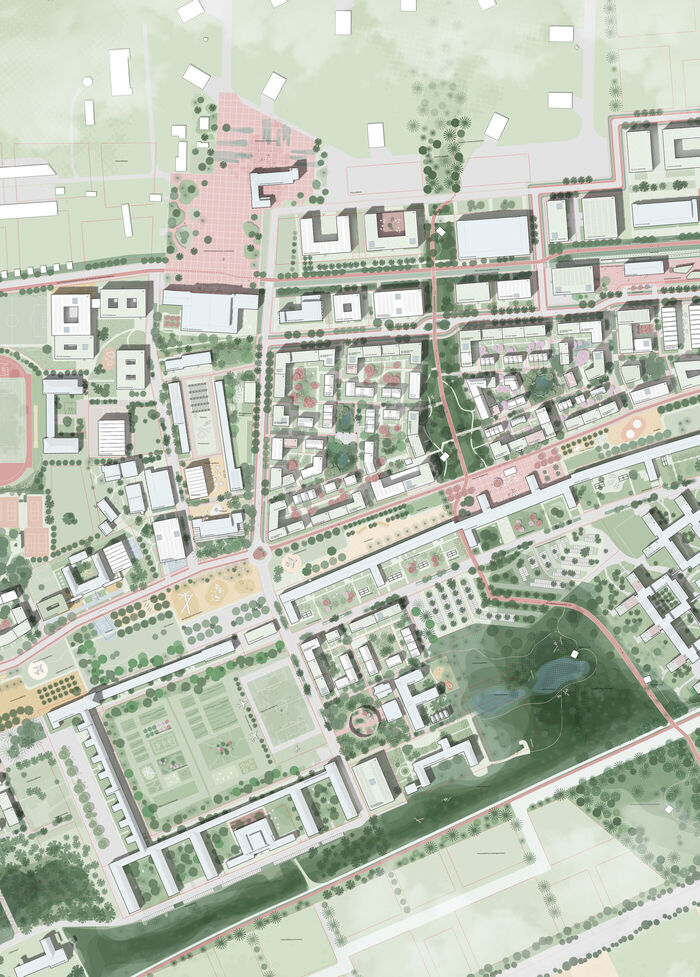
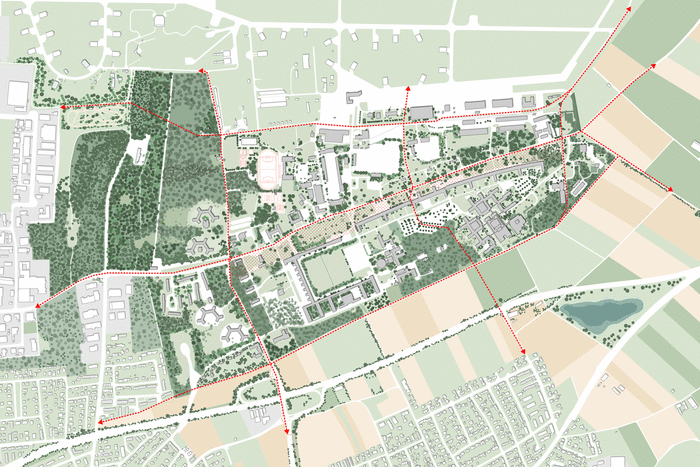
The transformed airbase targets a wide range of resident types and their day-to-day demands. The residential clusters, formed of various flat sizes and architectural typologies, offer community-orientated living with the redesigned public spaces acting as extended green living rooms, places to play and meet.
New buildings are planned up to five floors, adapting to the existing trees. Buildings integrate green elements on roofs and façades and are encouraged to be built with wood constructions and resource consciousness.
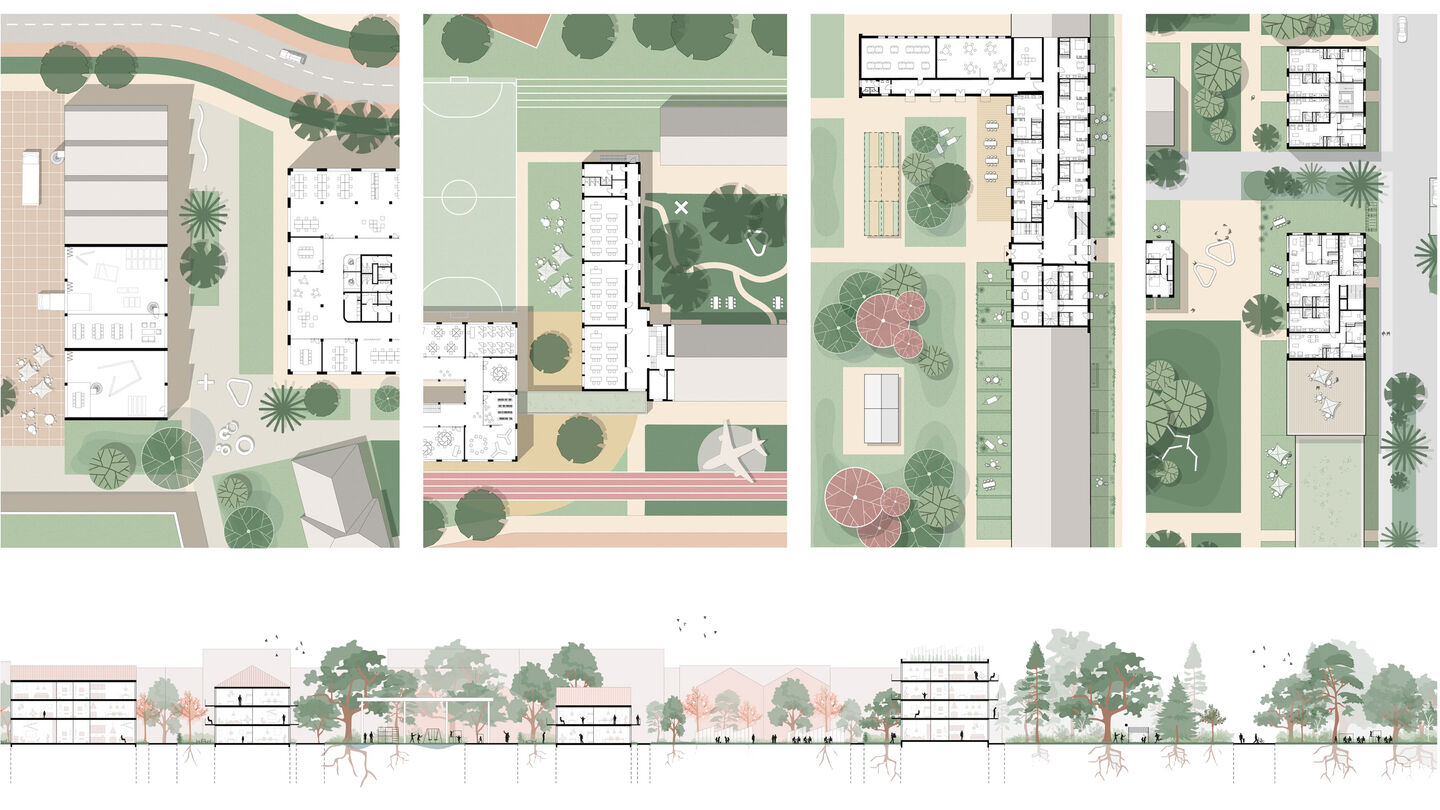
Type: Competition 1st prize
Program: Masterplan / Transformation
Client: Stadt Fürstenfeldbruck
Size: 192 ha
Location: Munich DE
Year: 2023 - 2026
Collaborators: PGT Umwelt und Verkehr
Image credits: ADEPT + Vivid Vision